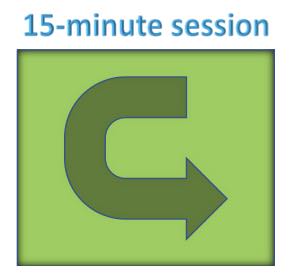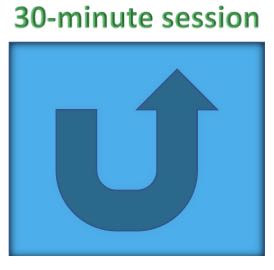The Human View™ Blog

Risky Business
Patrick le Quement, Renault's former Design Chief, once said, "The greatest risk is not to take any risks."
One of the chief cost risks in American business today remains "the group health plan." The hamster wheel of "cost mitigation" still seems to keep coming back around to what Michael Marmotto said, “Why treat people and send them back to the conditions that made them sick?”

It's as if American business keeps taking the banker's position in financing employees' health risk, yet without the banker's traditional "credit-worthiness" assessment. Notwithstanding privacy and non-discrimination rights, when employees' individual and collective health costs begin to threaten the financial viability of the enterprise, the risk of turning a blind eye begins to outweigh the risk of assessing "health-worthiness."

And the hits just keep on comin'
With Mercer estimating that 2024 PE/PY costs will rise by about 5.4% over 2023's average cost of $15,797 - to $16,650 - we still have a lot of risk that isn't getting addressed. If we keep that up through 2030, we'll be facing PE/PY costs of over $24,000! And get this, that will be 71% of the annual earnings for an employee making $15 per hour, working 45 hours per week, and taking 2 weeks off (gross earnings $33,750).
Chronic condition "risk skew"
We know that employees with chronic conditions cost more than employees without. And we know that the percentage of employees with chronic conditions keeps growing, particularly as the workforce has aged. Perhaps the rise of GenA, GenZ, GenY and GenX will mitigate that as Baby Boomers retire and "age out." Still, we also know that about (at least?) a quarter of employees have 2 or more chronic conditions (counting, say, high blood pressure and high cholesterol). But chronic conditions also seem to be showing up at younger and younger ages. So, it's not crazy to think that, by 2030, we might see 30%+ of employees with chronic conditions - which would likely compound our cost challenges.
We could call this chronic condition "risk skew." It's not only that the (still mostly undisclosed) prices for medical care are rising, but overall utilization rates are rising as well. This isn't surprising as health states decline, but if we are truly to "manage risk," we have to get a handle on how much our group's utilization is likely to increase - based on current health states and any forecastable increase in risk levels.
A containment field
It's no longer enough to tweak plan designs, shift costs to employees, restrict access to high-priced drugs, shop for new vendors, and hope for the best. We are in the risk business, and we must begin to build a structure that can contain the expanding cost pressure.

The containment field has to be defined by at least four strategic elements:
Data warehouses and business intelligence tools
Chronic condition management programs
Strategies for engaging employees
Risk measurement algorithms and management processes
Without those, we can't get to the four key related tactical elements:
Measuring plans' financial and clinical performance
Mitigating costs for the highest risk members
Doing a better job at getting employees to consciously address lifestyle and clinical choices
Preventing "risk migration" from lower to higher cost status
Betting on "the come"
This is not a new map, but rather an exhortation to double down on the strategies and tactics we've been pursuing for the past 20 years. So, why haven't we done a better job? What's the weak link in the logical chain?
The fulcrum for all of the above is "engagement."
Our four-part "containment field" strategy will pretty much always work - but only for the employees we actually reach. Only for those who actually enroll and participate. We already have built-in incentives - and built-in penalties. Costs are lower when more employees engage with our programs, and they're higher when they don't.
The last word
With more enrollment, participation, engagement, and activation - put whatever word you want on it - we can refresh our map of the risk territory. The borders have been drawn, and now it's up to us to blaze the trails, and to navigate our own pathways through the human field of health. In this challenging field, a new day still can dawn.
~ Mark Head
© 2023. All Rights Reserved.
Aspirations
“For he who has health has hope; and he who has hope, has everything.”
~ Owen Arthur
“Of all the forms of inequality, injustice in health is the most shocking and inhumane.”
~ Martin Luther King, Jr.

Click the green button or the blue button (below) to visit our scheduling pages.




Mark Head
President
With 4 decades of combined experience in employee benefits consulting, wellness and health management, Head brings a unique combination of dynamic perspectives into a clear vision of where the future of health care is moving - and it's moving towards deeper human connection, awareness, and engagement...
Follow Us On
© 2015 - 2025, MDH Consulting, LLC. All Rights Reserved.

